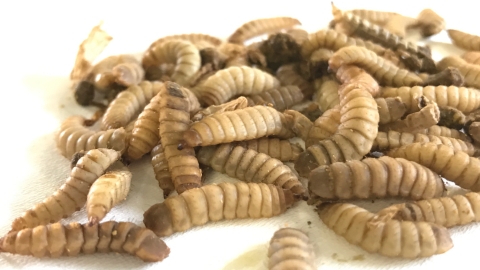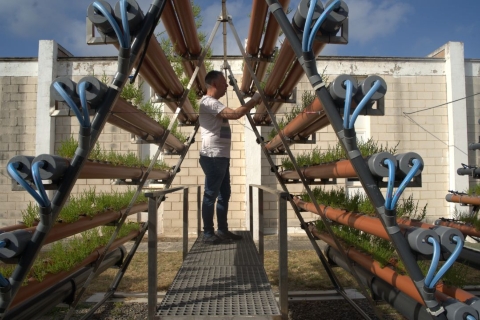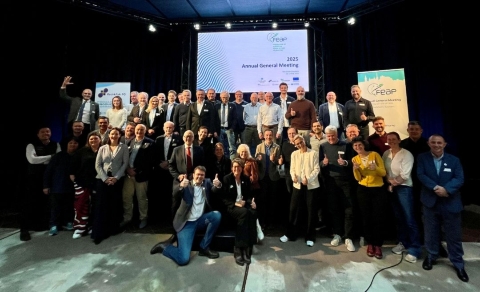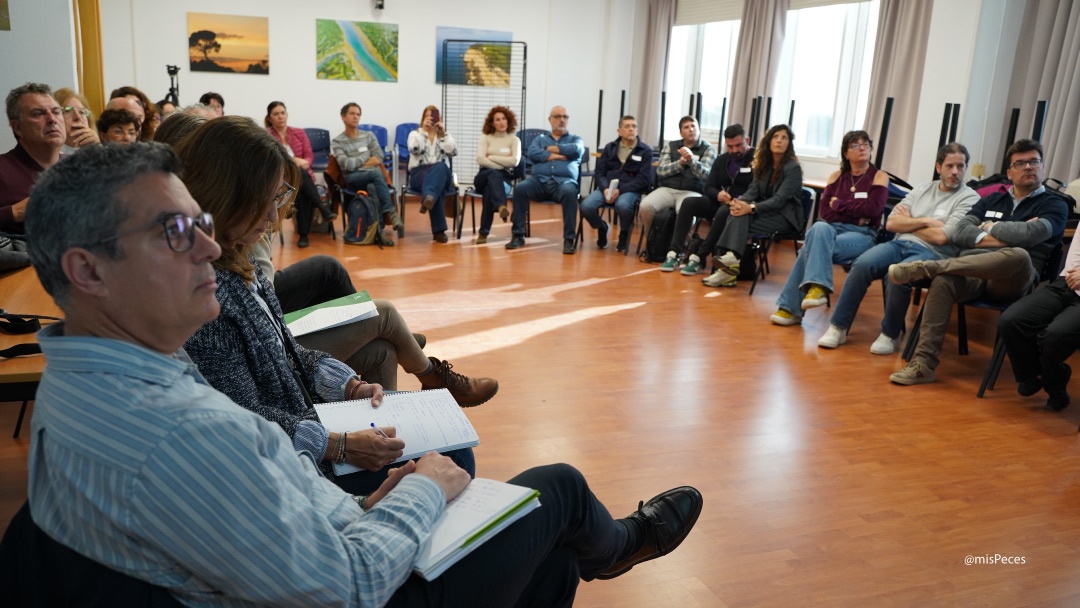
Can a benchmark model for circularity in aquaculture be established? Representatives from the quadruple helix-academia, industry, government, and civil society-delved into the European AZA4ICE project’s three pilar of sustainable aquaculture: site planning, species adaptation, and circularity criteria.
As Manuel Manchado, the project lead in the Bay of Cádiz, explained to misPeces, the methodology being collaboratively fine-tuned is not only viable in Cádiz; "it has been crafted to adapt to any setting where aquaculture is feasible".
The chosen technology for its circularity credentials is Integrated Multitrophic Aquaculture (IMTA), noted for its efficiency in biomass production and resource utilisation. Research indicates that IMTA not only boosts the productivity of aquaculture facilities but also creates high-value products, supporting both economic and environmental sustainability.
Specifically, at this inaugural seminar, representatives of the quadruple helix worked to validate metrics to enhance the spatial planning of aquaculture and minimise conflicts with other key sectors.
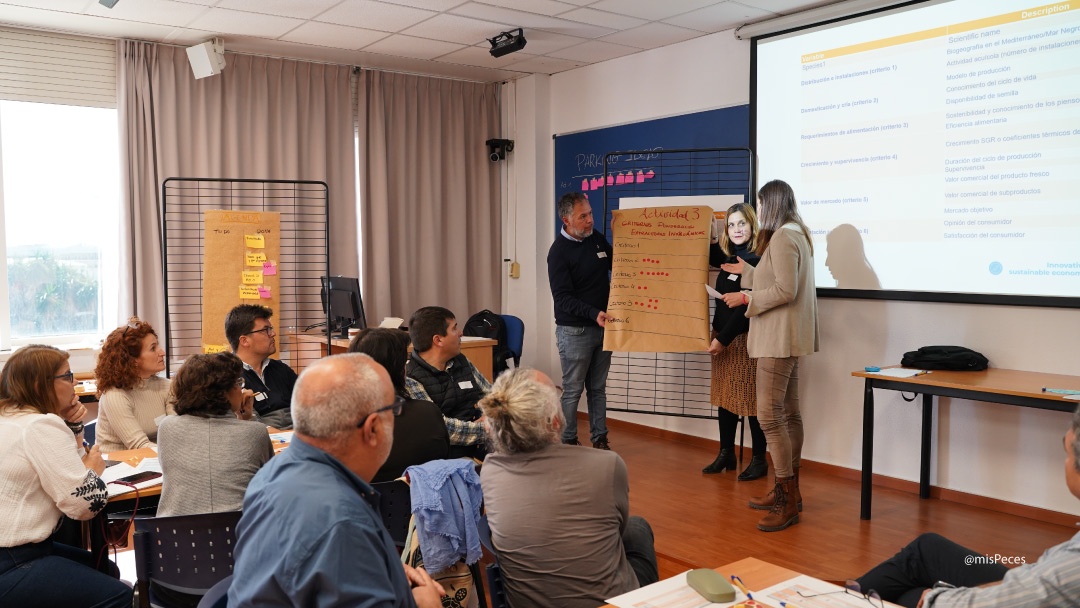
Coordinated by the University of Patras in Greece and backed by an international network of partners, the project aims to revolutionise Mediterranean aquaculture by integrating sustainability and efficiency throughout the process. By reducing conflicts with other sectors and fostering inclusive governance, the project lays the groundwork for a blue economic growth that respects marine and coastal ecosystems.
The forthcoming pilot experiences are crucial for validating the approaches proposed by AZA4ICE, demonstrating that it is possible to combine economic profitability and environmental protection through the collaboration of local and regional stakeholders.
For more information about the AZA4ICE project and its future applications, please visit our dedicated aquaculture news portal.

